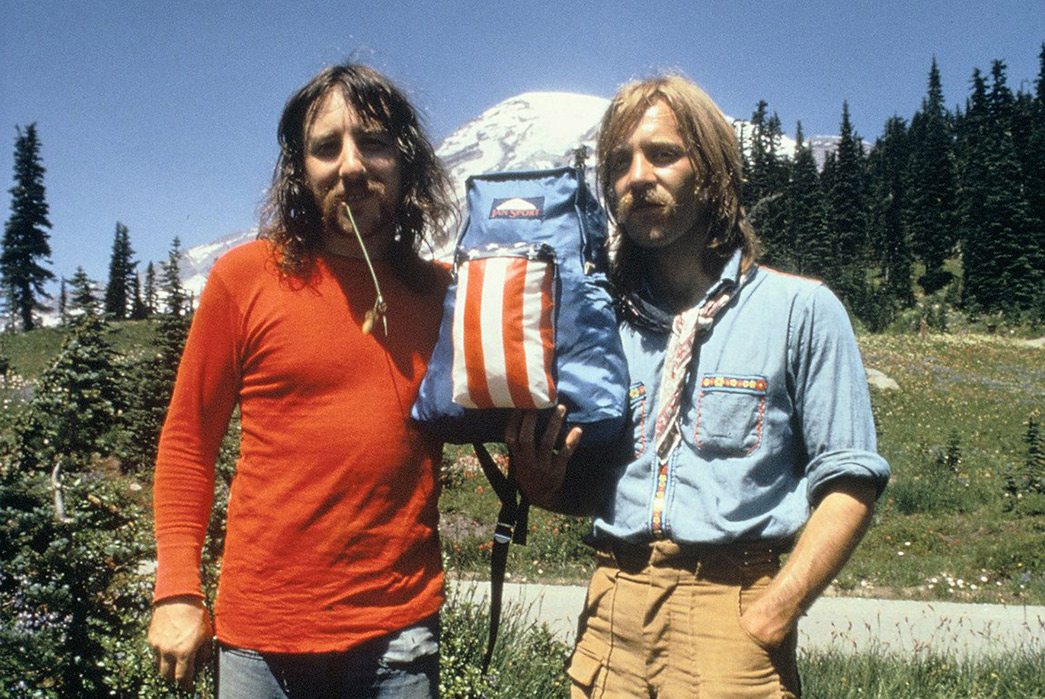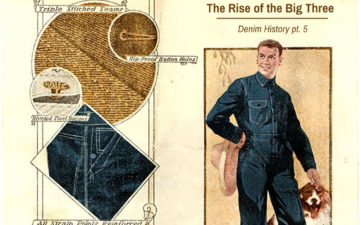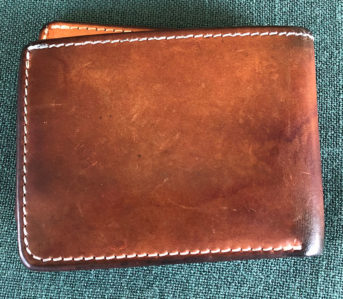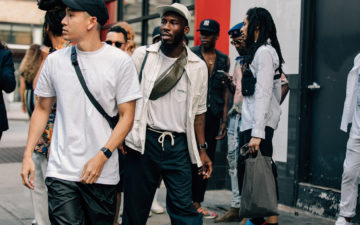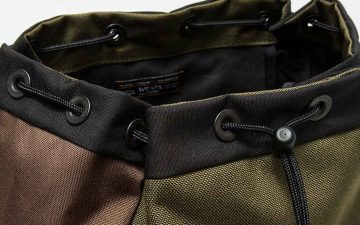Although we’re only partway through Los Angeles’ endless summer, fall is technically approaching. It won’t mean changing leaves or cooler weather, but it will mean flashbacks to the days of back-to-school shopping and how kids with the cool JanSport backpacks elicited envy.
But how did those JanSports become so cool? Where did the backpack come from and how? As you’ll learn in today’s history of this common-sense carrying accessory, the backpack as we know it is a fairly recent invention and one whose meteoric rise parallels changes in American culture and cloth.
Inspiration
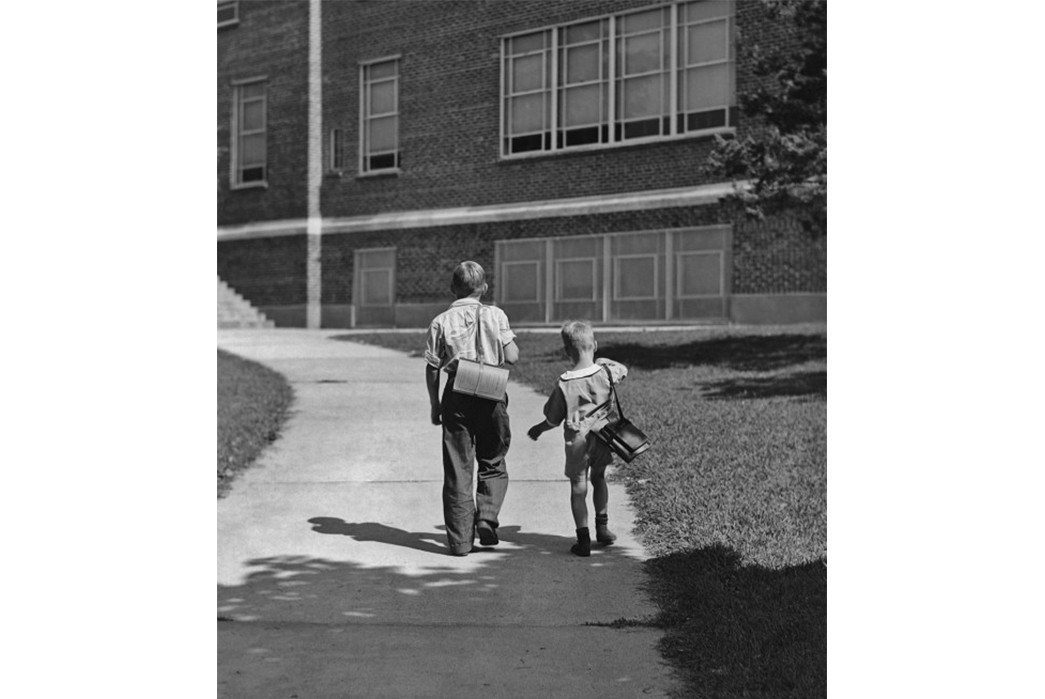
1930s schoolchildren walk to school without backpacks. Boy on left with a satchel and the boy right carries an unwieldy bookstrap. Image via Getty Images.
It’s almost unfathomable for modern readers to believe that backpacks weren’t always tied to academia. In fact, before the 1910s, they weren’t even called “backpacks”. Long before students began adopting this useful shoulder bag, it was simultaneously created by ancient traveling peoples all over the globe.
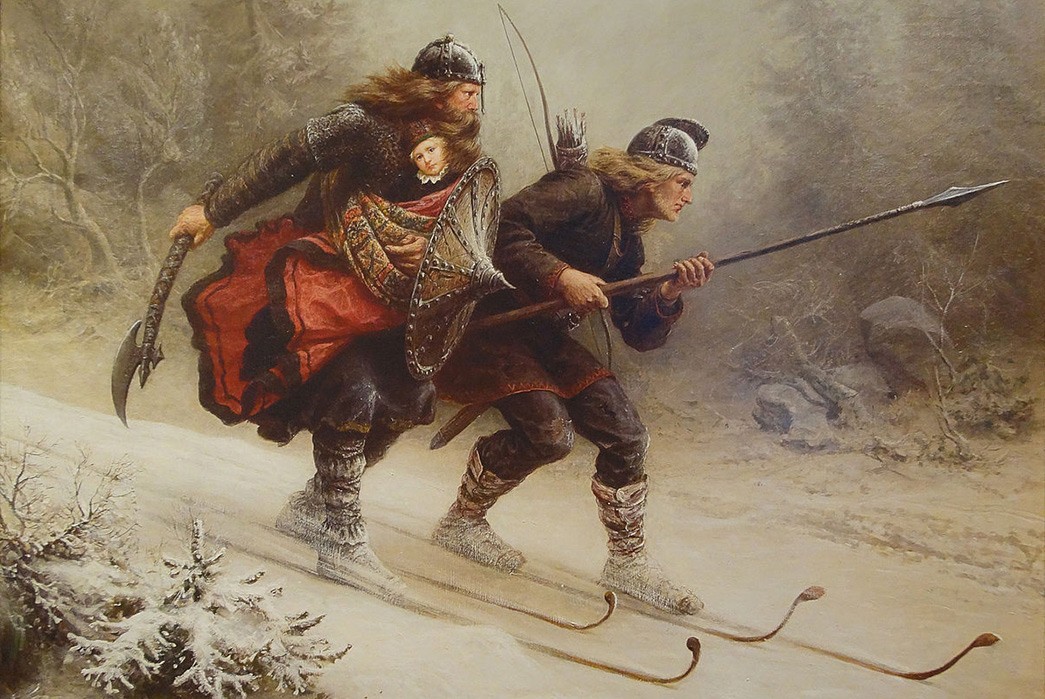
The Scandinavian School. Image via the Ski Museum of Oslo.
The painting above depicts some of the earliest outdoorsmen to wear backpacks (although unfortunately not in this picture). Traveling through hostile terrain, Scandinavian voyagers often needed to carry their possessions on their backs. So iconic was this image that future knapsack-maker Bergans bought the rights to this painting to use as their logo.
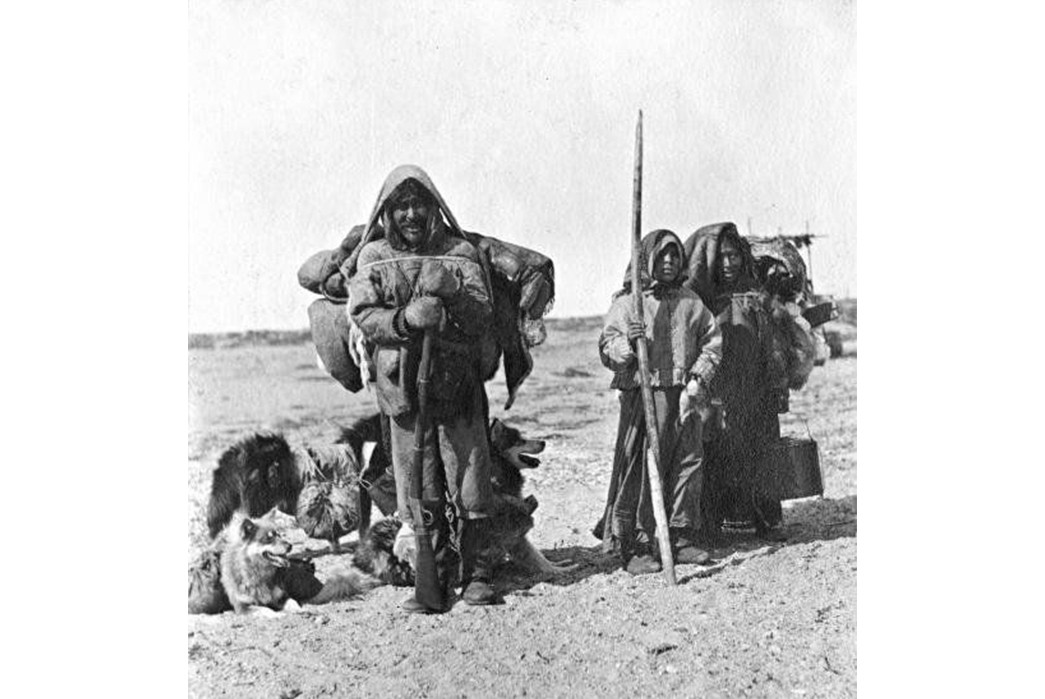
Inuit people with backpacks. Image via Pinterest.
Across the world, in a similarly frigid setting, indigenous arctic peoples also depended on backpacks to haul their belongings. These two cultures provided indispensable inspiration for later designers, whose goal first and foremost was to engineer the most practical and efficient mountaineering equipment.
Rucksacks for the Great Outdoors
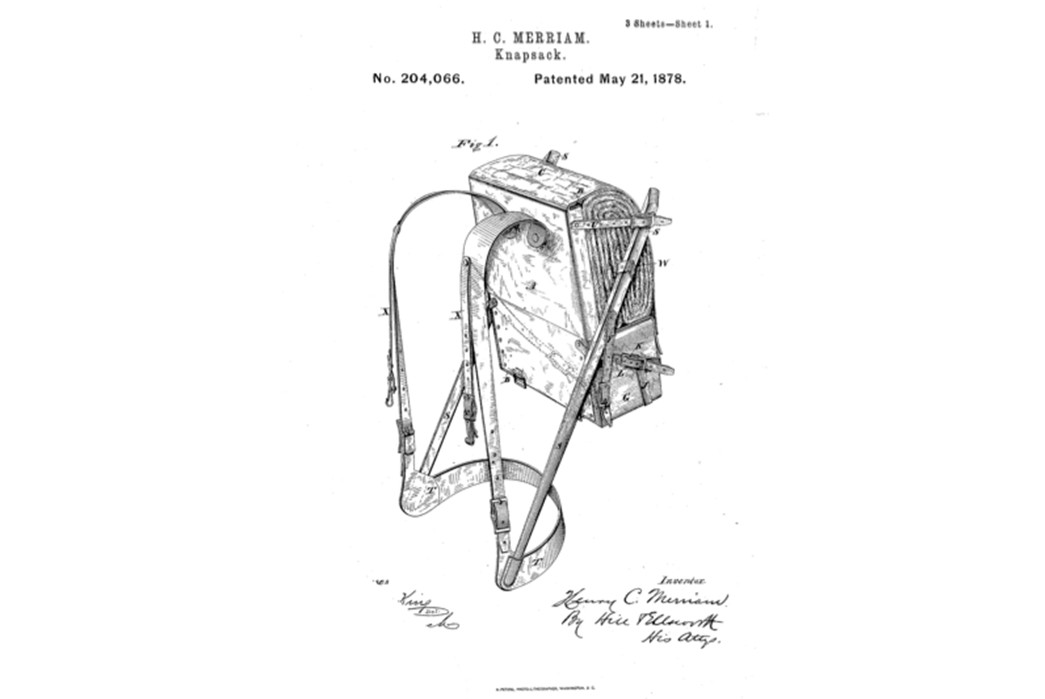
Henry Merriam’s crazy uncomfortable first attempt. Image via Google Patents.
The first step towards the modern backpack and came from a man named Henry Merriam. His design fused the two most common designs of the era: the wood frame and the soft canvas rucksack. He called his design a knapsack and had it patented in 1878. His design, while imperfect and uncomfortable, showed the flaws of the bags of the day. They were either too stiff or too soft and both caused back and shoulder pain. Merriam hoped that, by using sheet metal to keep the bag away from the body, he could reduce some of this strain.
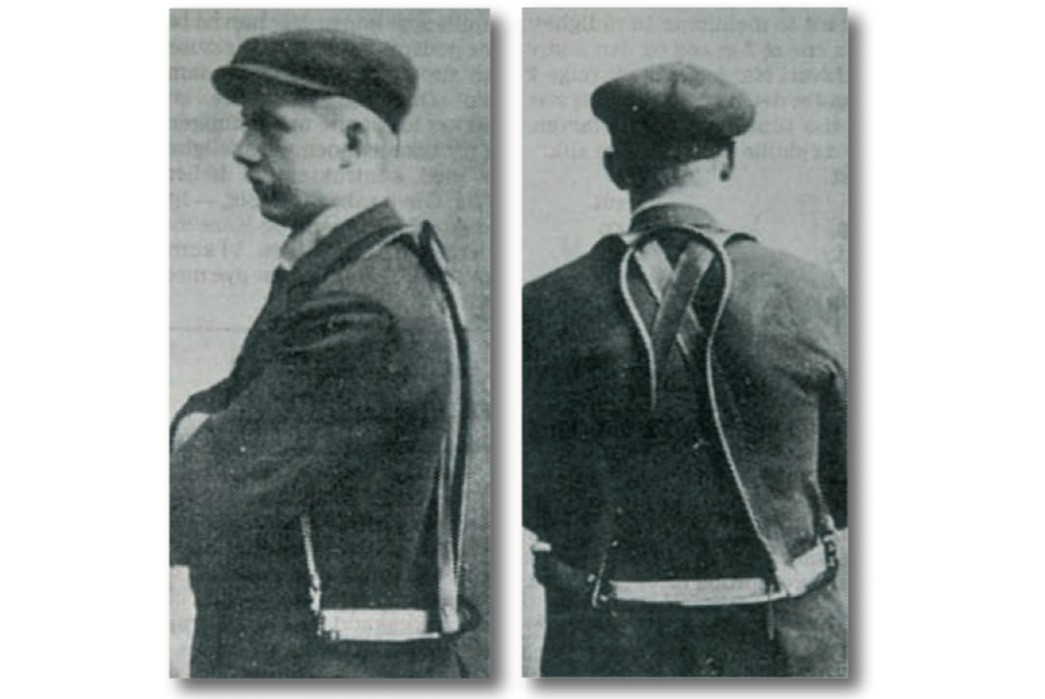
Ole Bergan’s breakthrough. Image via Bergans.
Norwegian inventor, Ole Bergan, had a eureka moment while out hunting in 1908. His soft sack wasn’t exactly uncomfortable, but it put a great deal of strain on his shoulders. By bending a piece of juniper wood into a keyhole shape that followed the contours of his back, Bergan could hang his soft bag on his back, while maintaining a more comfortable and ergonomic design. Eventually, he transitioned to using light tubular steel, which remained popular for the next 25 years.
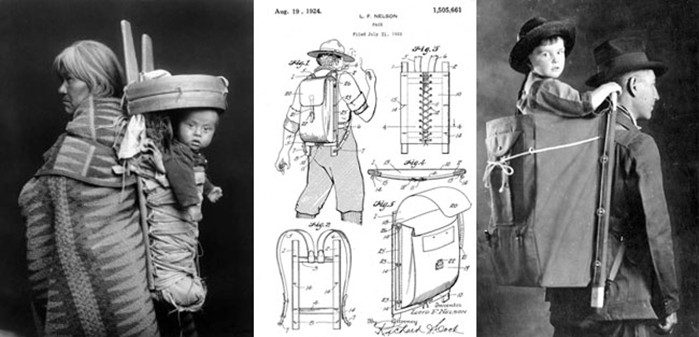
Trapper Nelson Pack. Image via Pad and Quill.
Back stateside, in 1920, another outdoorsman gave a go at redesigning the indigenous backpack. Lloyd Nelson, inspired by the sealskin and wood packs used by indigenous people in Alaska, attempted to create his own version. Unaware of the advanced ergonomic designs of the Bergans company, Nelson sought to do something similar, albeit with a wood frame instead of a metal one. Named the Trapper Pack, it was one of the first mass-produced backpacks and was even featured in the first ever REI catalog in 1939.
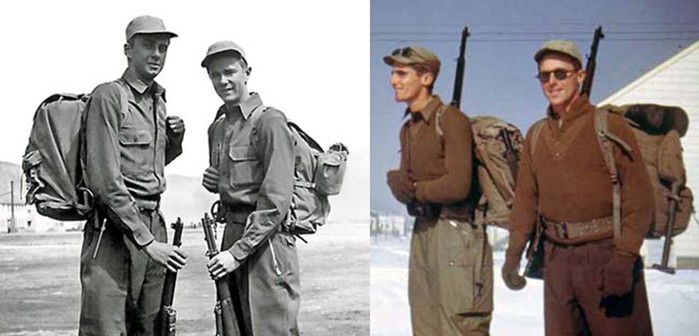
WWII backpacks. Image via Pad and Quill.
Leather, canvas, wood, and sometimes light steel implements were the materials of the day. Various designers made intriguing and long-lasting contributions to backpacks over the years between the invention of the Trapper Pack and the dawn of academic backpacks. In 1938, Jerry Cunningham was the first to add zippers to backpacks; in 1950, Åke Nordin founded Fjallraven when he made a small canvas bag that sat high and tight on the wearer’s back; and in 1952, Dick and Nina Kelty created the modern backpacker’s backpack by using surplus airplane aluminum to make large, lightweight frames for their gear.
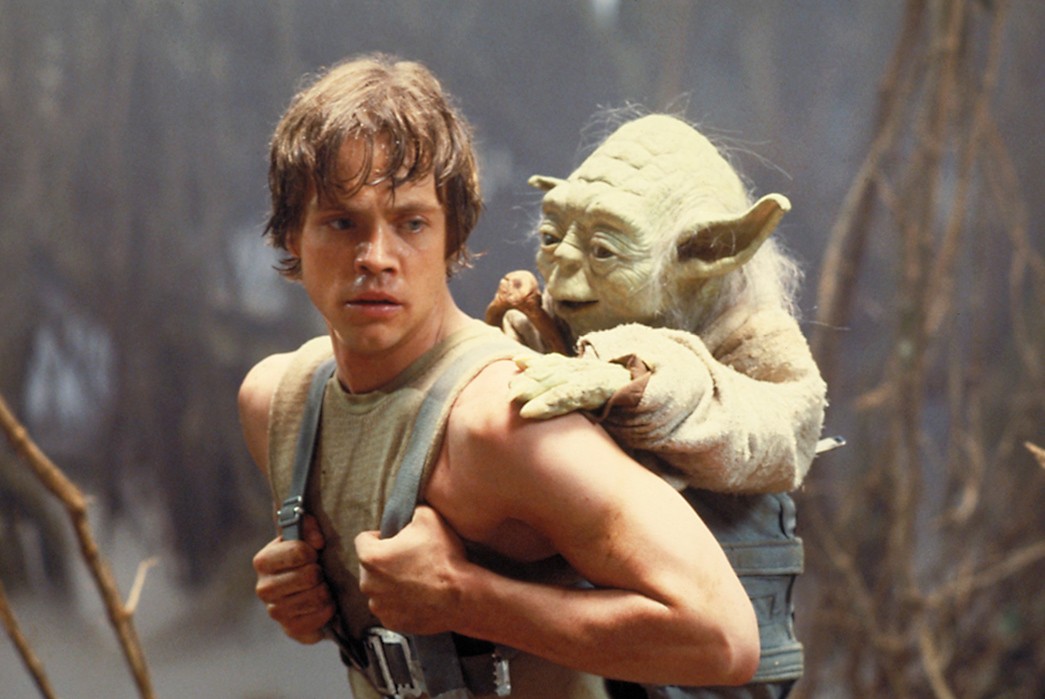
A Padawan carries his master in a technical backpack.
The Student’s Best Friend
These changes were all important, but they were small potatoes compared to the invention of nylon. Nylon was stronger than canvas and totally revolutionized the backpack world. Gerry Cunningham, the man who first added zippers, can be credited with releasing the first nylon backpack. His Teardrop backpack was released in 1967 and opened the nylon backpack floodgates. Three years later, a new company called JanSport (named partially after Jan Lewis, one of the founder’s girlfriends with serious sewing chops) released their Ski and Hike bag. After some finagling, they were able to sell their new bag in the University of Washington’s bookstore. Despite initial skepticism by the administration, the bags all sold out.
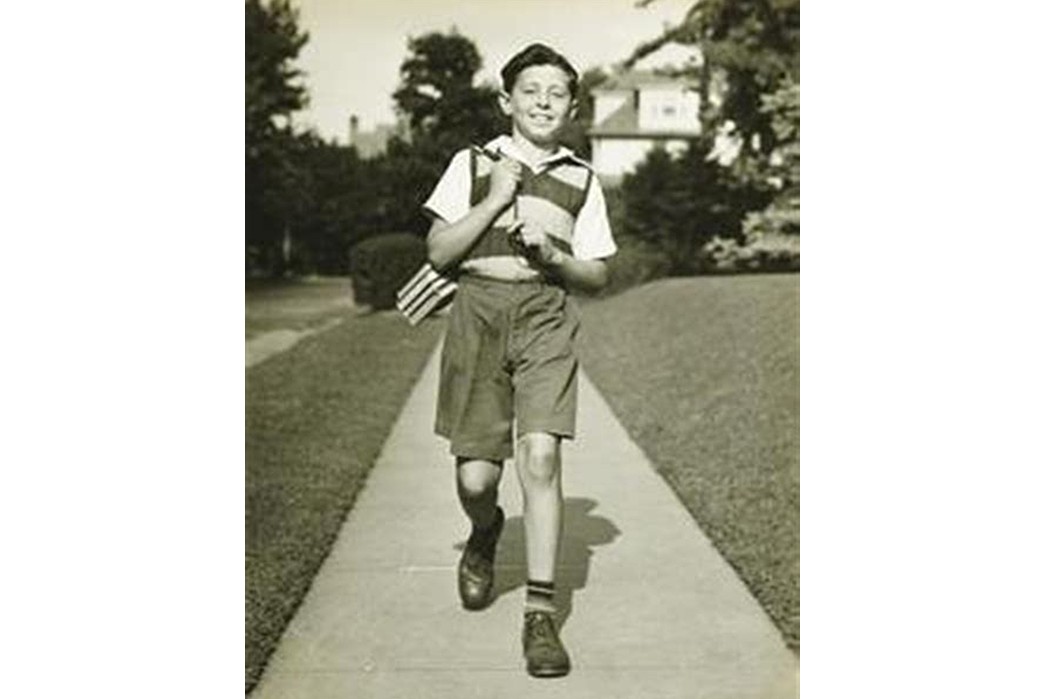
Child with books held by a bookstrap. Image via Pinterest.
The trend that began on college campuses eventually spread to much younger students. It’s hard to believe, but before the dawn of the book bag, students had far fewer options when it came to transporting their books and possessions to school. Bookstraps (basically a belt wrapped around your books) or grownup briefcases were the best bets for a student who didn’t want to just carry their stuff freehand.
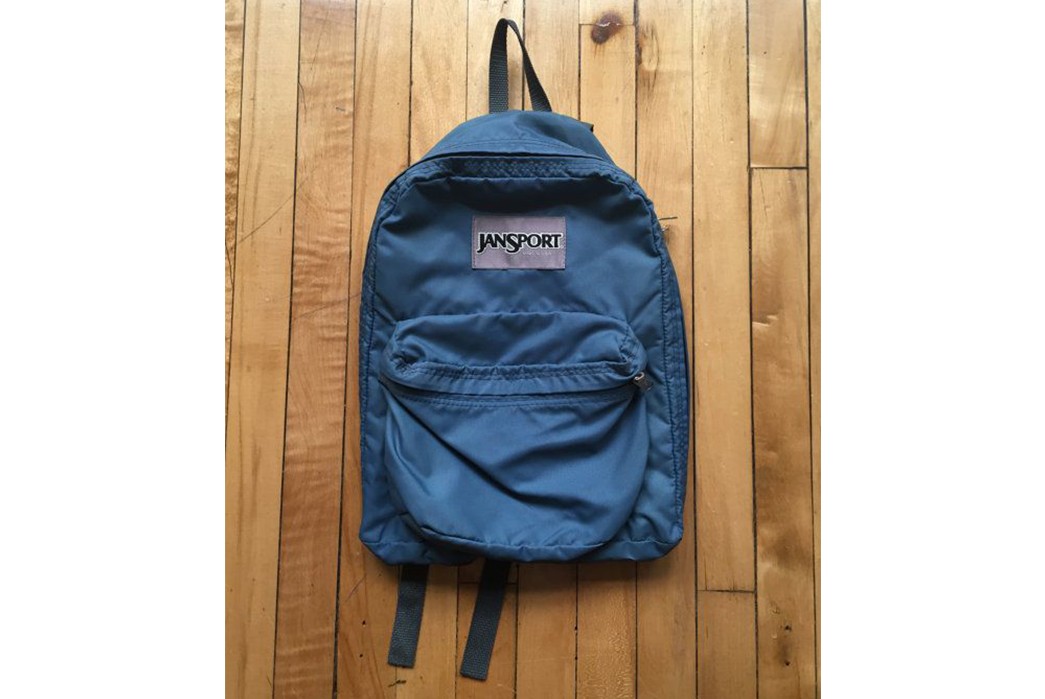
JanSport Spring Break. Image via Pinterest.
Caribou and L.L. Bean both released backpacks to compete with the early success of JanSport’s first offering, but by the time I was in elementary school in the early 2000s, it was all JanSport. Mainly, it was models based on the above “Spring Break” which was first released in 1984 and modified over the years. NPR does a great job of breaking down these backpacks year by year (remember wheelie backpacks?), but the future of the backpack is unclear.
Two Kinds of Backpack
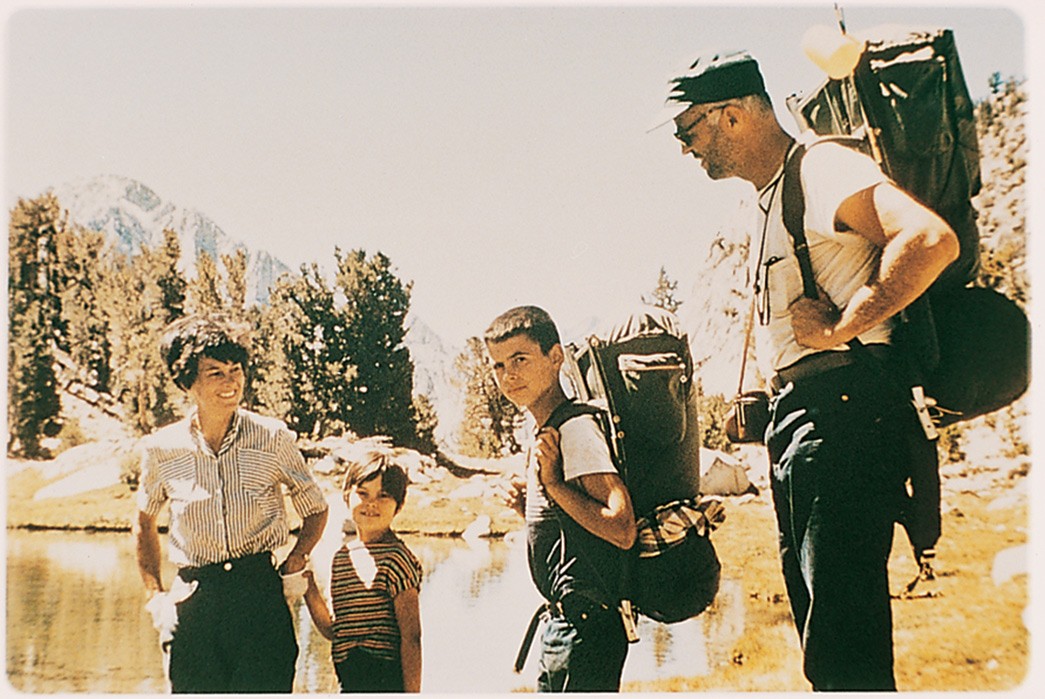
The Kelty family out and about. Image via REI.
There has been a noticeable schism in the backpack world. Packs have divided into two categories: outdoors and academic. Both continue to improve and adapt to new materials and social concerns. Outdoor backpacks are ever more stable and lightweight and students’ backpacks cater to a new, more tech-savvy generation.
Enter new accoutrements, like the so-called “Digital Burrito,” designed to fit all of a student’s cables and mobile devices and far more macabre, new bulletproof backpacks for a nation held at gunpoint by the NRA.
Backpacks, for some, call to mind the great outdoors, but for others, those uncounted hours at various phases of our academic career. From the coldest, wildest corners of the North to everyone’s bedroom floor, the backpack remains as relevant and adaptable as ever.

